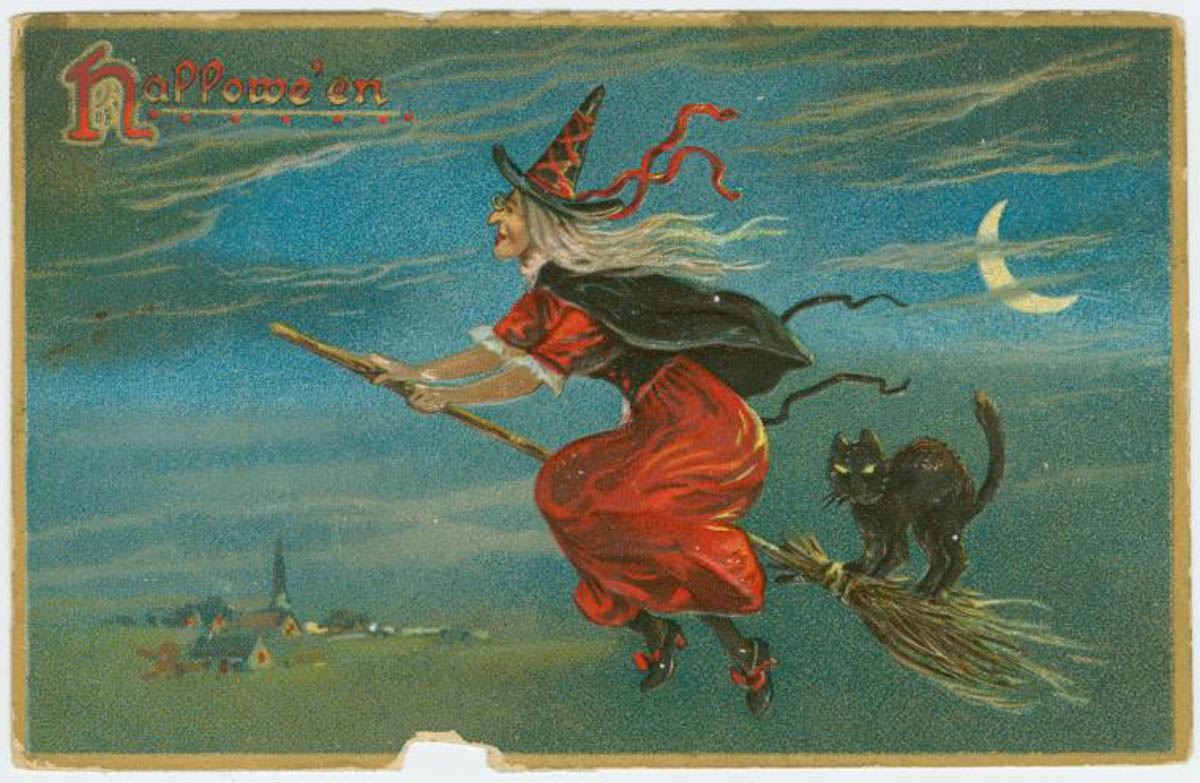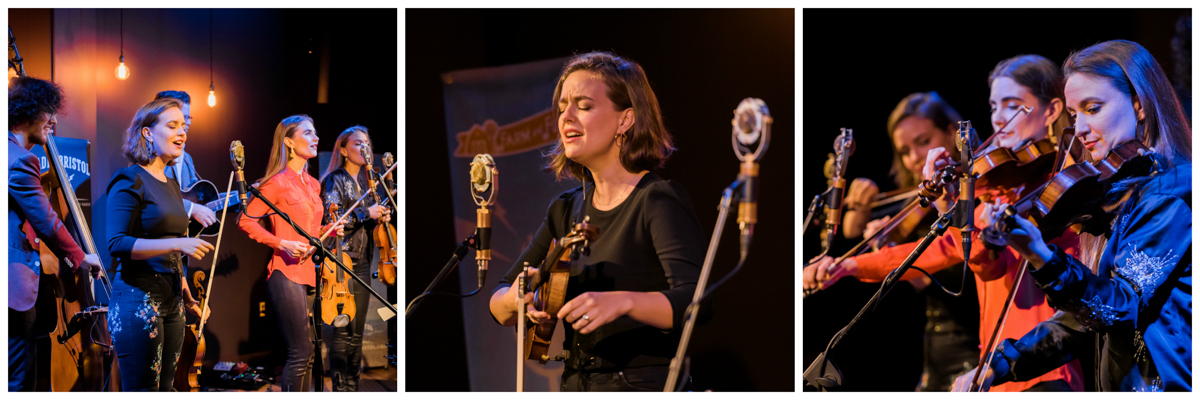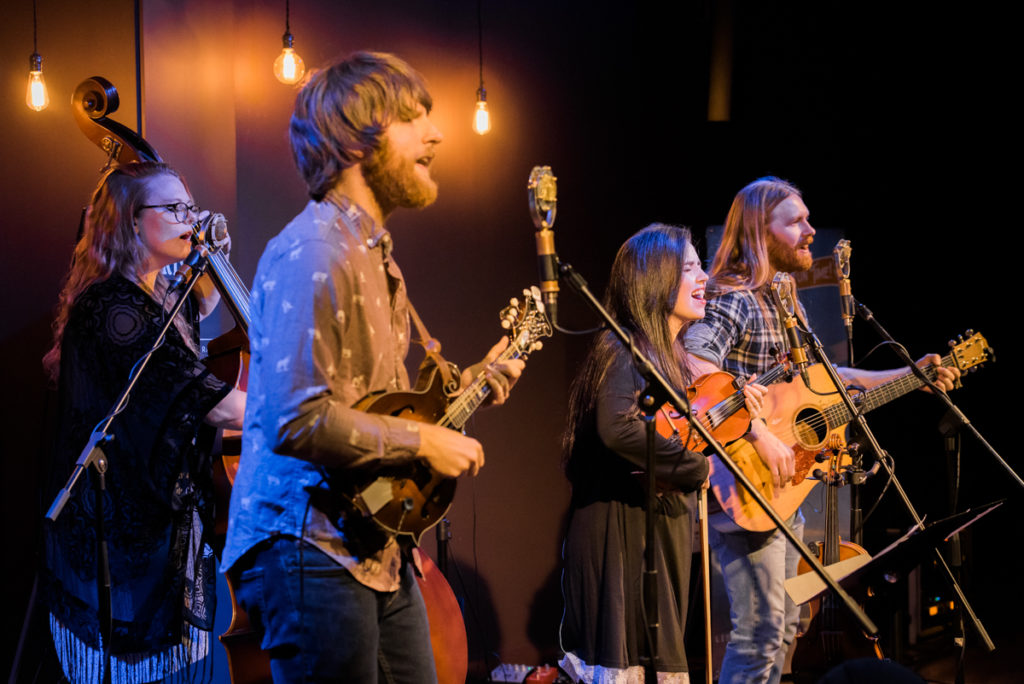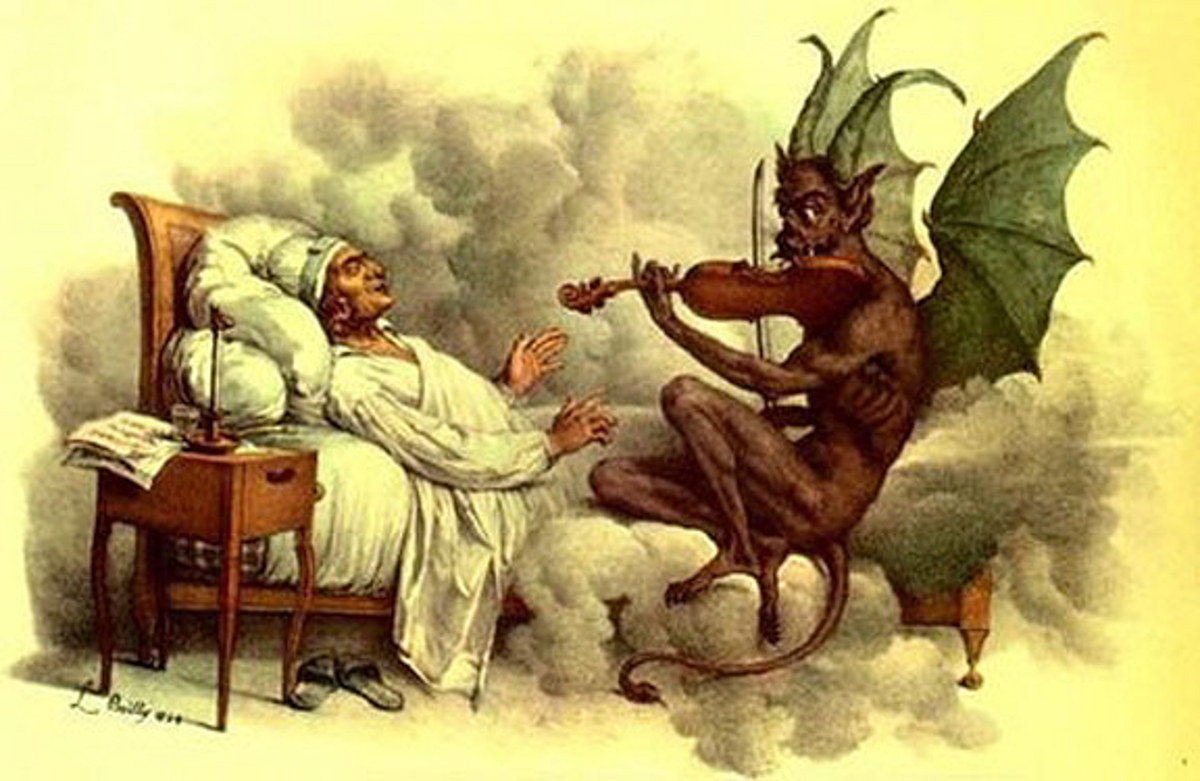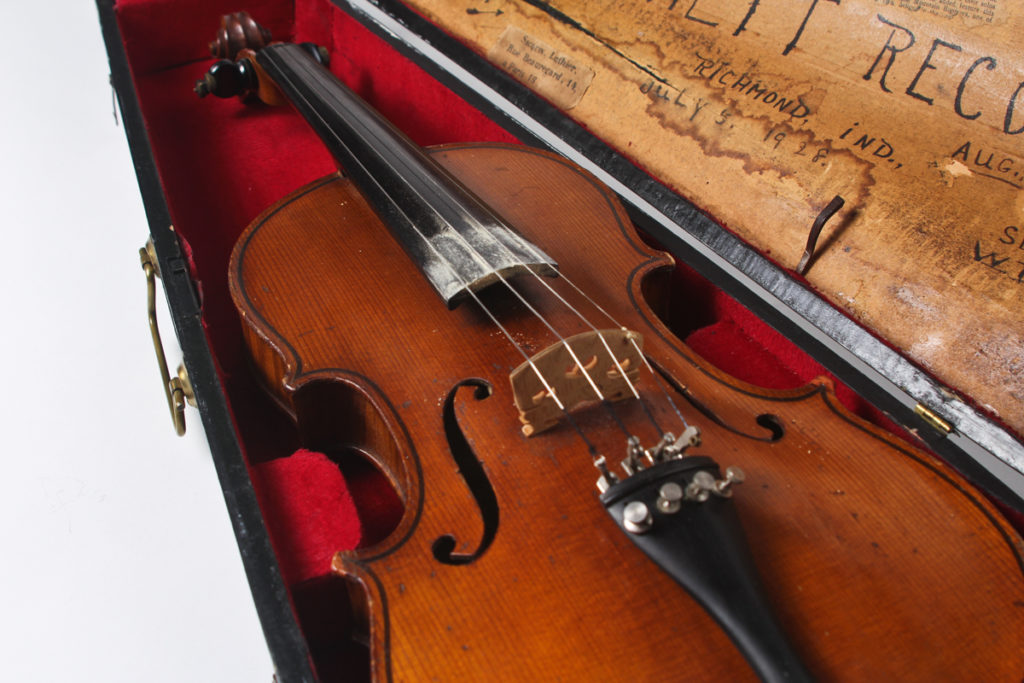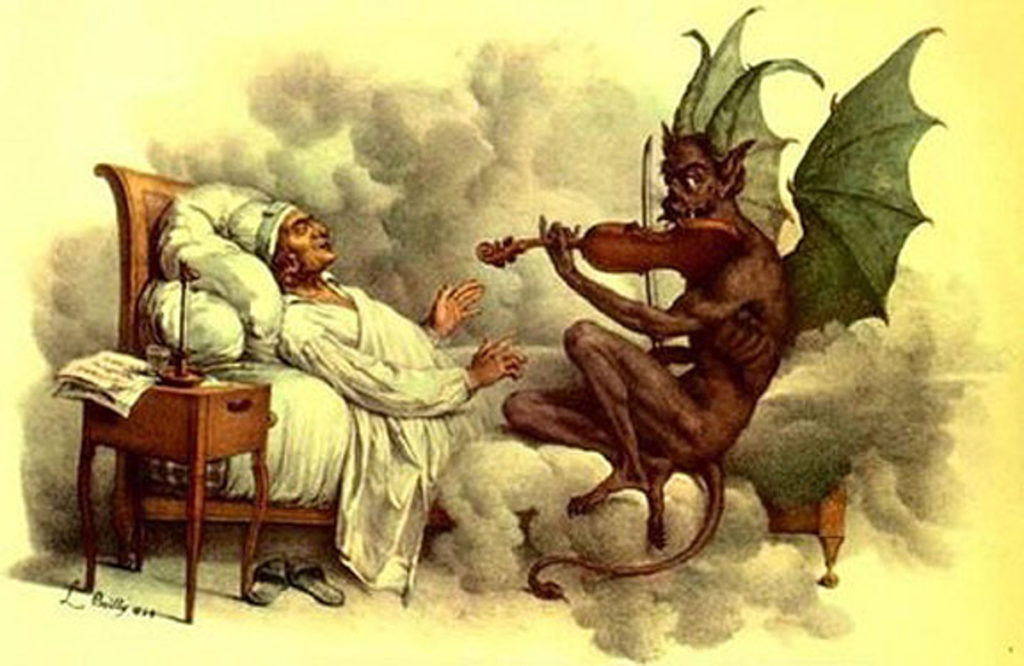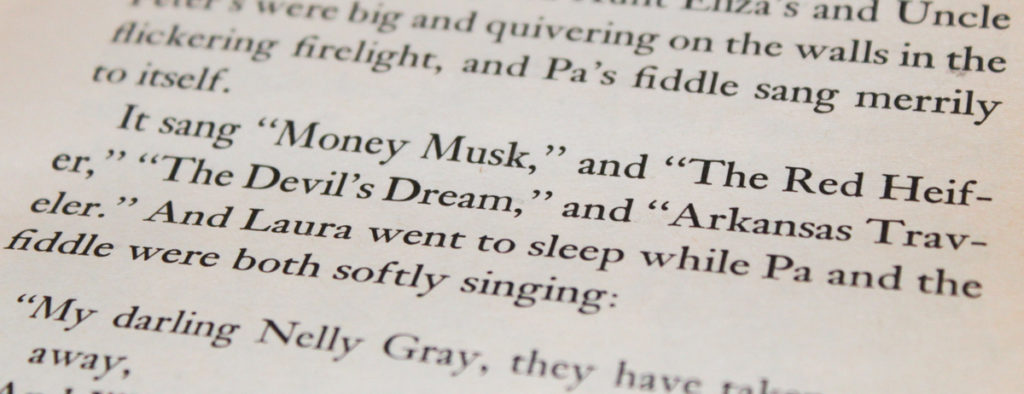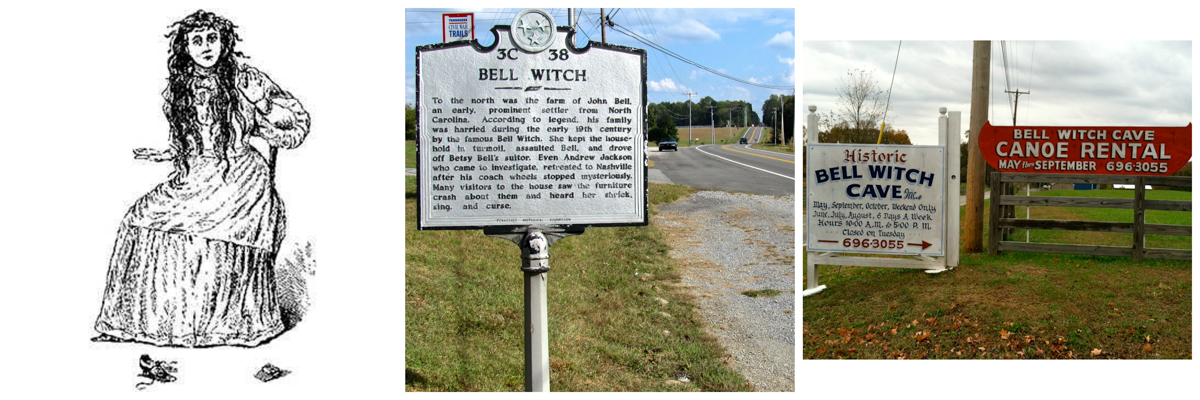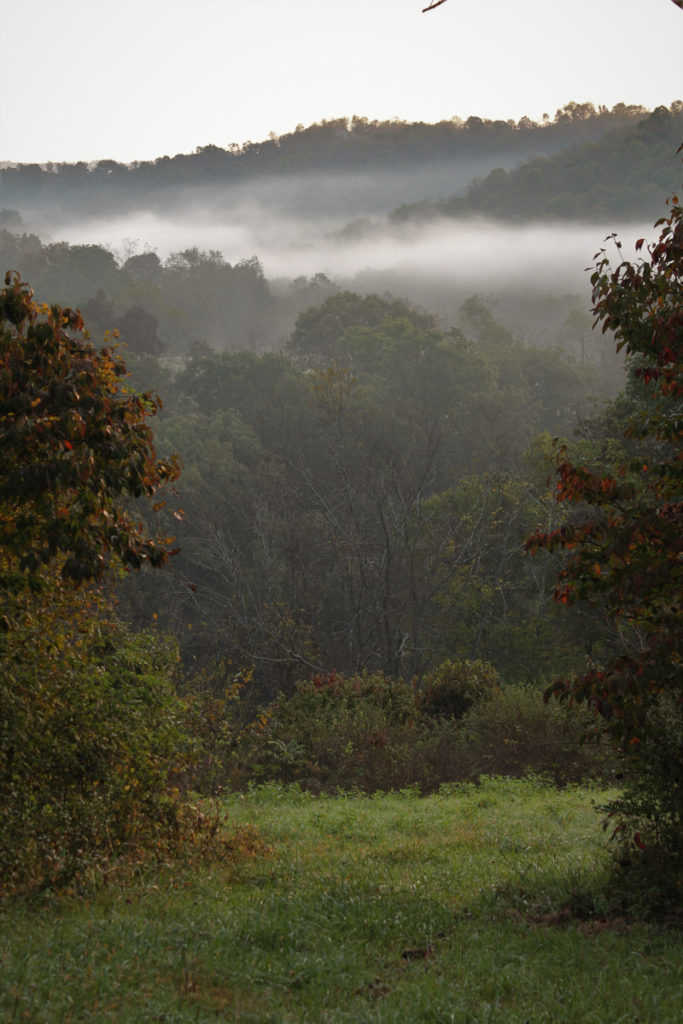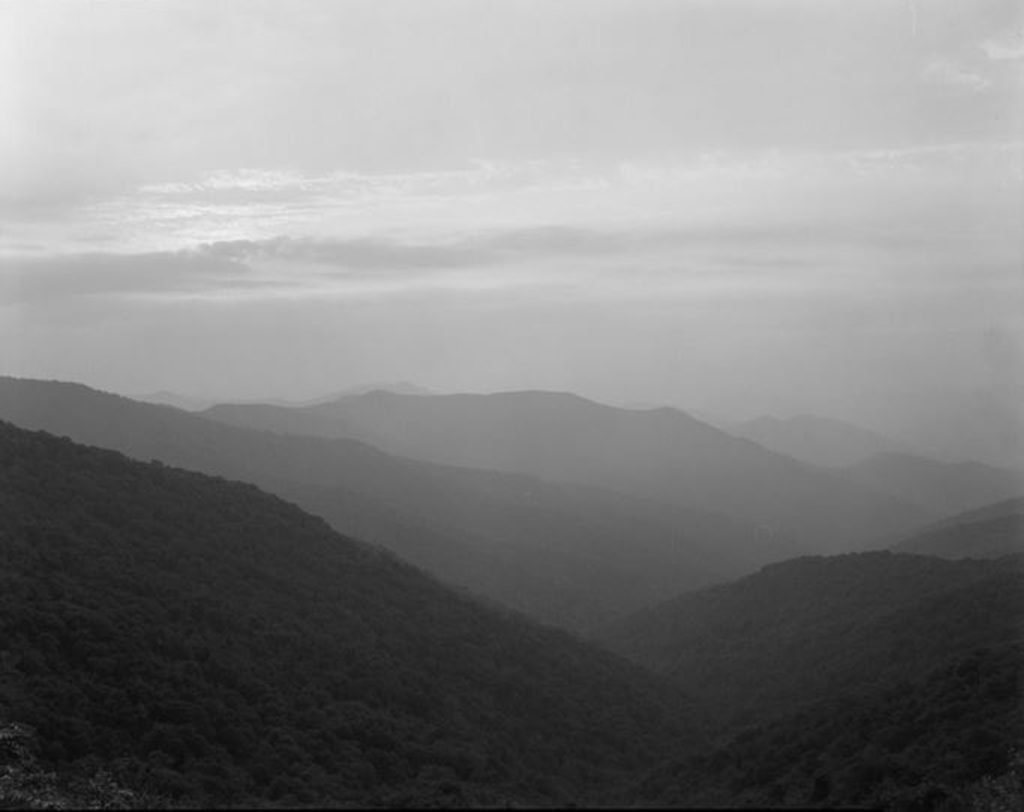For our “Pick 5” blog series, we ask members of the Radio Bristol team to pick five songs within a given theme – from heartsongs to murder ballads and everything in between! Once they pick their “5,” they get the chance to tell us more about why they chose those songs. With a diverse staff of knowledgeable DJs, we’re sure to get some interesting song choices, which might introduce you to some new music, all easily accessible by tuning into Radio Bristol!
Hello BCM blog readers! That creepiest, kookiest, and most enchanting holiday of All Hallows’ Eve is almost upon us so I have seized the opportunity to contribute my first “Pick 5” blog post!
If you had known me as a kid and inquired about my favorite season and/or holiday you would have gotten the same answer then as you will now: fall and Halloween. I find the combination of contrasting colors, spicy scents, and the brisk chill of autumn to be a wonderful atmosphere, but then you go and add the fun and mischief associated with Halloween and you have a formula that has always created good times and lasting memories for me. Include the concept of my ever-constant passion for music, and what do you get? The subject of this blog!
So, on focusing on my “Pick 5” choices, my first thoughts were of the multitudes of spooky songs I have listened to and enjoyed over the years. I then, almost instantly, realized that it would be way too tough to narrow these down to only five songs…BUT WAIT! When contemplating this, it occurred to me that several of the first tunes that came to mind had a running theme: WITCHES! And so I was able to access the disorderly yet bountiful section of my mind dedicated to music and summon my favorite peculiar compositions on the topic within minutes. Thus I present to you, Scotty’s Top 5 Witchy Records:
“The Witch,” The Sonics (1965)
This track could very well be the epitome of what is (and should be) considered garage rock and has definitely served as a blueprint for many architects of the primal rock-and-roll and punk that followed. “The Witch” is just one of a handful of The Sonics’ songs that are unmistakable when heard, and it is one of the first that I think of when the subject of garage or Halloween comes up. Though originally released as a single in 1965, the video below shows the band performing the song live in Iceland for KEXP in 2016. Sounds like they’ve still got it!
“Season of the Witch,” Donovan (1966)
This track from the Scottish musician’s 1966 Sunshine Superman record is a psychedelic pop gem. It is likely the most recognizable of my picks as it has been covered by other artists such as Vanilla Fudge and Joan Jett, as well as having been used in several television shows and movies throughout the years. The song’s popularity in soundtracks is not a mystery – it definitely sets a distinct tone and eerie atmosphere. “Season of the Witch”: a truly cool piece of music!
“You Must Be a Witch,” The Lollipop Shoppe (1968)
My last blog post was about rock-and-roll singer and guitar player Fred Cole, a musician who made an incredible impact in the world of garage rock. He formed the band Dead Moon in 1987, his most notable endeavor, but The Lollipop Shoppe, formed in the late 1960s, is close to where it all began for him. “You Must Be a Witch” is arguably my favorite witchy song of all time but, as with most things, I guess mood dictates that. The musicianship and dynamic loud/quiet/loud formula gives the song its own je ne sais quoi. Fred even took to wearing a witchy hat in his Dead Moon days!
“The Witch,” The Rattles (1970)
I can’t remember where I first encountered this track, but it has been a Halloween staple in my song repertoire over the past ten years or so. Though the song is not just a Halloween song for me: it gets stuck in my head randomly as well. I don’t know a whole lot about The Rattles, but they were a German band active from the early 1960s through the mid-1970s and must have been at least mildly successful because I have seen footage of them playing on Top of the Pops. This video for The Rattles’ performing “The Witch” is definitely worth your time. Dig the drummer playing the downed branch of that tree!
“Witch,” The Bird and the Bee (2008)
The Bird and the Bee are an indie pop duo that first attracted my attention with their 2010 release of Interpreting the Masters, Vol. 1: A Tribute to Daryl Hall and John Oates, which I highly recommend. As music nerds do when they find something they love, I backtracked through the group’s discography and found two previous releases that I also really liked. This cut of “Witch” is from their sophomore release Ray Guns Are Not Just the Future and sounds like it was retro-recorded for 1960s espionage cinema – it has a REALLY cool vibe. “P.S. I’m a witch…”


